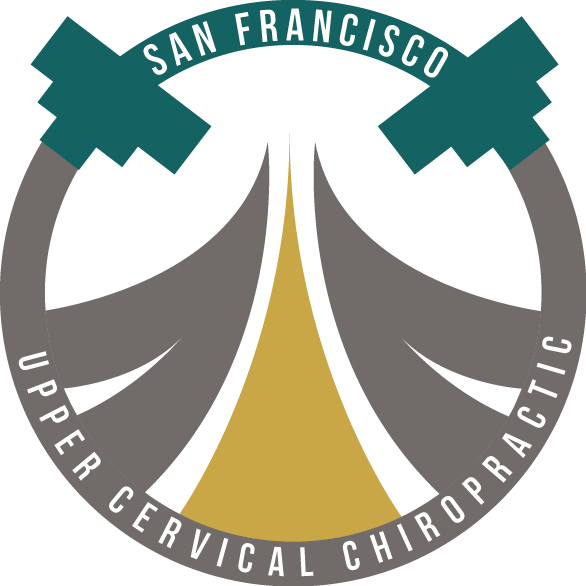What is Sciatica Pain & How Do You Treat it?!
Are you or someone you know suffering from shooting pain or discomfort in the lower back or legs, unable to comfortably maneuver through the daily activities of life? Then it’s likely you’re suffering from some level of sciatica.
In what follows, we’ll be detailing where sciatic pain comes from, what sciatica is, what the symptoms are, and how it’s commonly diagnosed and treated.
The value of becoming informed of such conditions is advantageous for anyone at risk of developing it. Not only will you have a greater understanding of what’s required to prevent it but you’ll also learn what can be done to treat it holistically to avoid more serious medical interventions.

What is Sciatica?
Sciatica is a condition that affects the sciatic nerve resulting in mild to severe pain of the lower back and legs. As an underlying condition caused by damage to the larger sciatic nerve that travels from the back through the button and rear leg, sciatica can result in a plethora of symptoms and side effects, especially if left untreated.
This uncomfortable and often painful condition also happens to be quite common, as it’s been suggested by Harvard Health that upwards of 40% of individuals will experience some level of sciatic pain in their lifetime.
The prevalence of sciatica as outlined above is likely caused by several risk factors, however, the primary mover of such a condition is inactivity and living a sedentary life. In any case, sciatic pain and sciatica as a diagnosis can be treated and in most cases reversed; that is if the patient suffering acts in a timely fashion.
Common Symptoms of Sciatica
Sciatica can develop into a debilitating condition, with its most common symptoms being shooting pain in the lower back and rear legs leading to the inability to remain stood or seated for any period of time. As you can imagine, this can lead to several other problems unrelated to sciatic pain itself.
Symptoms of Sciatica range from mild to severe, reaching extremes of debilitation that require surgery in the worst of cases. That said, it’s imperative that you act proactively upon the initial detection of symptoms.
Below are the Most Common Symptoms of Sciatica:
- Lower Back Pain
- Leg Pain
- Trouble Sitting for Long Durations
- Trouble Standing for Long Durations
- Lower Extremity Discomfort via Tingling, Weakness, & Numbness
Common & Effective Sciatica Treatment in San Francisco
“The Doctor of the future will give no medicine but will interest his patients in the care of the human frame, in diet, and in the cause and prevention of disease.” – Thomas Edison
Depending on the stage of sciatica, treatment options available will vary. The best treatment of any condition is prevention, however, if prevention is too late, it’s important to act as fast as you can to mitigate further development of symptoms.
In any case, our chiropractors are standing by to help you mitigate your sciatica symptoms by taking an all natural and holistic approach to relieving pain and resolving the root cause of the issue.
The goal of any patient suffering from sciatica is to treat it promptly, for it will only get worse without attention. If you haven’t yet reached a point of severity that requires medical attention, it’s imperative that you begin immediately to treat it holistically via natural alternatives and lifestyle changes. Unlike other conditions and illnesses, sciatica in most cases can be reversed without the need for medicine or surgery.
Contrary to popular assumption, rest is a trigger for sciatic pain. To combat this, ensure that you exercise regularly, stretch often, and seek therapies such as chiropractic care where possible. One particularly effective alternative chiropractic technique? Torque release technique.
In short, the torque release technique utilizes gentle pressure to apply light force to the body to alleviate pain at the source. While it’s used for several conditions, it’s very effective for sciatica as well.
Final Thoughts
Sciatica can be an extremely uncomfortable and in some cases debilitating condition that affects the lower back and legs. Luckily, there are several treatments available, both holistically and medically, that can be implemented immediately.
As mentioned earlier, the best treatment protocol is prevention. It’s important, however, to have an understanding of what you can do on your own to mitigate and avoid more serious interventions. Strategies that include lifestyle changes, alternative therapies, and holistic remedies have all proven effective for early treatment, with many reporting relief after such natural interventions have been implemented.
While the outlook of sciatica is promising, especially for those that catch it early, it’s necessary to recognize the need for ongoing personal care of your physical health long after symptoms have subsided. In other words, even upon the reduction of pain, or better, the elimination of pain, you must continue to be proactive in maintaining a lifestyle congruent with the one that’s been discussed throughout this article.
By getting adjusted regularly, our doctors can help make sure that your spine is in the ideal position and take pressure off your nervous system. This can be one of the best options for preventing or treating symptoms of sciatica.
References
https://www.healthline.com/health/back-pain/chiropractor-for-sciatica
https://www.ncbi.nlm.nih.gov/pmc/articles/PMC1895638/
https://www.mayoclinic.org/diseases-conditions/sciatica/symptoms-causes/syc-20377435
https://www.healthline.com/health/sciatica
https://www.webmd.com/back-pain/guide/sciatica-symptoms
https://my.clevelandclinic.org/health/diseases/12792-sciatica
https://www.health.harvard.edu/pain/sciatica-home-remedies-and-self-care
https://www.healthline.com/health/back-pain/sciatic-stretches
https://www.webmd.com/back-pain/ss/slideshow-how-to-ease-sciatic-nerve-pain

